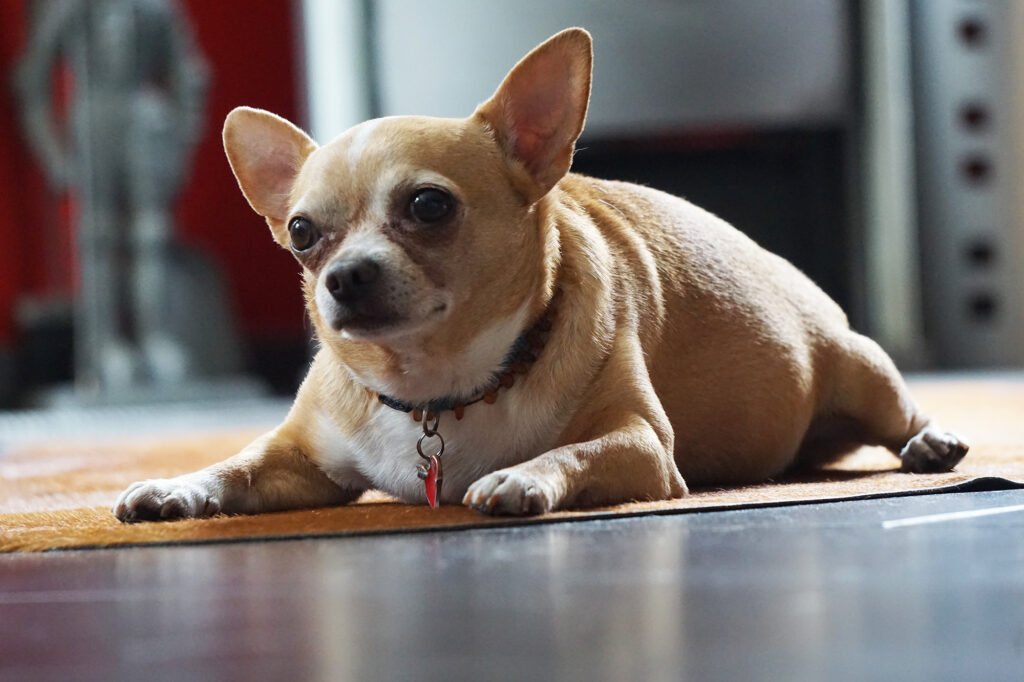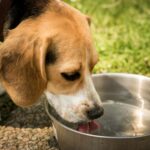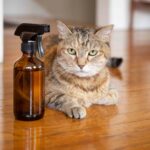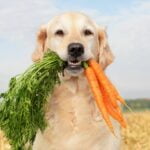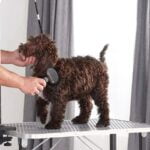Table of Contents
Pet obesity is a growing concern among pet owners, with many pets facing health risks due to excess weight. Understanding how to prevent pet obesity is crucial for maintaining your pet’s health and ensuring a long, active life. This guide provides effective strategies to manage your pet’s weight and improve their overall well-being.

Understanding Pet Obesity
Pet obesity occurs when pets carry excess body fat, leading to various health issues such as diabetes, arthritis, heart disease, and decreased life expectancy. Recognizing the signs of obesity and taking proactive measures can help you keep your pet healthy and active. Here’s how to prevent pet obesity effectively.
1. Balanced Diet
Providing a balanced diet is the foundation of preventing pet obesity. Here’s how to ensure your pet’s diet is appropriate:
- High-Quality Food: Choose high-quality pet food that meets your pet’s nutritional needs. Look for foods with real meat as the first ingredient and avoid fillers like corn and soy.
- Portion Control: Follow the feeding guidelines on the pet food packaging and adjust portions based on your pet’s age, weight, and activity level.
- Regular Meals: Feed your pet regular meals instead of free-feeding. This helps regulate their calorie intake and prevents overeating.
2. Regular Exercise
Regular exercise is vital for maintaining a healthy weight in pets. Here are some effective ways to keep your pet active:
- Daily Walks: Take your dog for daily walks to burn calories and keep them physically fit. For cats, interactive toys and play sessions can provide necessary exercise.
- Playtime: Engage your pet in active play, such as fetch, tug-of-war, or chasing a laser pointer. These activities help burn excess energy and prevent weight gain.
- Interactive Toys: Use interactive toys that stimulate your pet’s mind and encourage physical activity.
3. Monitor Treat Intake
Treats are a common source of excess calories that can contribute to pet obesity. Here’s how to manage treat intake effectively:
- Healthy Treats: Choose low-calorie, healthy treats like carrots, green beans, or specially formulated pet treats with nutritional benefits.
- Limit Treats: Limit treats to no more than 10% of your pet’s daily calorie intake. Use treats as rewards for good behavior rather than regular snacks.
- Training Rewards: Use a portion of your pet’s daily food allowance for training rewards instead of extra treats.
4. Regular Weight Monitoring
Regularly monitoring your pet’s weight helps you catch weight gain early and take corrective action. Here’s how to do it:
- Monthly Weigh-Ins: Weigh your pet monthly using a pet scale or by visiting your vet. Track their weight to identify any trends or sudden changes.
- Body Condition Score: Learn to assess your pet’s body condition score (BCS) to evaluate their overall health. Your vet can teach you how to perform a BCS assessment.
- Adjust Diet and Exercise: Adjust your pet’s diet and exercise routine based on their weight and body condition to maintain a healthy balance.
5. Avoid Overfeeding
Overfeeding is a primary cause of pet obesity. Avoiding this common pitfall involves understanding your pet’s nutritional needs and sticking to a feeding schedule:
- Measure Food: Use a measuring cup to ensure you’re providing the correct amount of food at each meal.
- Follow Feeding Guidelines: Adhere to the feeding guidelines provided by your pet food manufacturer and adjust as necessary based on your pet’s activity level and age.
- Limit Table Scraps: Avoid feeding your pet table scraps, as these can add unnecessary calories and disrupt their balanced diet.
6. Regular Veterinary Check-Ups
Regular veterinary check-ups are crucial for monitoring your pet’s health and preventing obesity-related issues:
- Annual Exams: Schedule annual exams to assess your pet’s overall health, weight, and dietary needs.
- Health Screenings: Regular screenings can detect underlying health conditions that may contribute to weight gain, such as thyroid issues or metabolic disorders.
- Dietary Recommendations: Your vet can provide personalized dietary recommendations based on your pet’s specific needs and health status.
7. Mental Stimulation
Mental stimulation is important for preventing boredom and associated overeating in pets. Here are some ways to keep your pet’s mind engaged:
- Puzzle Toys: Use puzzle toys that challenge your pet’s problem-solving skills and reward them with treats.
- Training Sessions: Conduct regular training sessions to teach new commands or tricks, which provides both mental and physical stimulation.
- Environmental Enrichment: Provide an enriching environment with plenty of toys, climbing structures, and opportunities for exploration.
Conclusion on How to Prevent Pet Obesity
Understanding how to prevent pet obesity involves a combination of balanced nutrition, regular exercise, and mindful feeding practices. By implementing these tips, you can help your pet maintain a healthy weight and enjoy a longer, more active life. Regular veterinary check-ups and continuous monitoring are essential to keeping your pet on the right track. For more tips on pet health and weight management, visit the ASPCA and AKC.
FAQs on How to Prevent Pet Obesity
How much exercise does my pet need to prevent obesity?
The amount of exercise your pet needs depends on their breed, age, and health. Generally, dogs need at least 30 minutes to 2 hours of exercise daily, while cats benefit from 15-30 minutes of active play.
What should I feed my pet to prevent obesity?
Feed your pet high-quality food that meets their nutritional needs. Avoid foods with fillers like corn and soy, and focus on portion control and regular feeding times.
How can I tell if my pet is overweight?
You can tell if your pet is overweight by assessing their body condition score (BCS). A vet can show you how to evaluate your pet’s BCS accurately. Signs of overweight pets include difficulty feeling ribs, lack of a waistline, and excess fat deposits.
Are treats bad for my pet’s weight?
Treats are not necessarily bad, but they should be given in moderation. Choose low-calorie, healthy treats and limit them to no more than 10% of your pet’s daily caloric intake.
What are some safe ways to help my pet lose weight?
Safe ways to help your pet lose weight include portion control, regular exercise, and providing mental stimulation. Consult your vet for a personalized weight loss plan.
Can I use human food as treats for my pet?
Some human foods, like carrots and green beans, can be healthy treats for pets. However, avoid foods that are high in fat, sugar, or are toxic to pets, such as chocolate, grapes, and onions.

